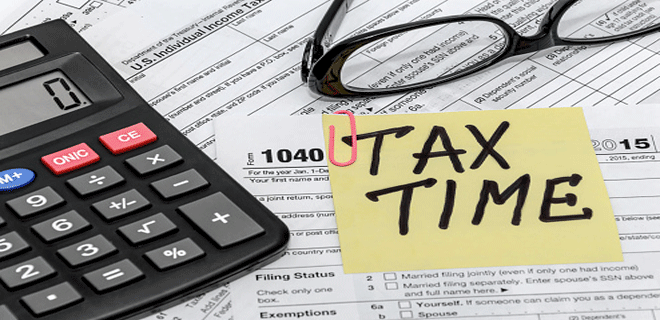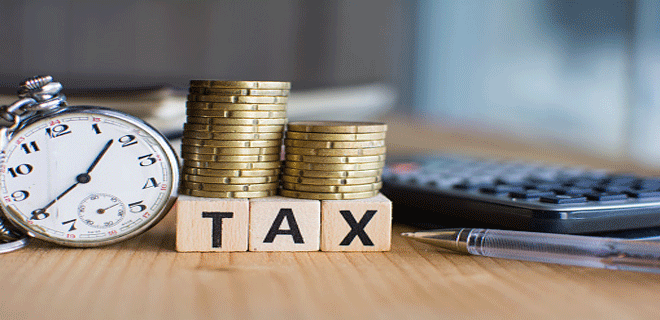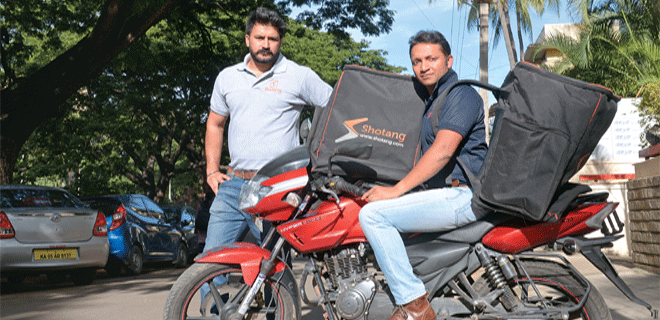Filing tax returns? Here's a list of do's and don'ts
Filing tax returns is important, but avoiding errors is equally critical for the process to be truly complete

The due date for filing income tax return (ITR) - July 31 - is almost here. Now, it is never a good idea to put off completing the crucial task until the last minute, but many tax-payers give this golden rule a wide berth every year. In the process, they miss out on the opportunity to complete the exercise before the traffic to the I-T department's e-filing portal gets heavier as also to get quicker refunds. The plethora of changes in the return filing framework, including mandatory use of Aadhaar and disclosure of cash deposits means that you are better off executing this annual ritual well before the due date.
While you can file your returns after July 31 too, you will have to forgo certain benefits like carrying forward losses, interest on refund due, if any and so on. With the hawk-eyed authorities sharpening their claws post demonetisation, it is best to have the window of filing revised returns open.
Here are some tips on how you can make this much-dreaded process simpler for yourself:
1. Get all your documents in order
Your work starts even before you log on to the e-filing website (www.incometaxindiaefiling.gov.in). Gather all key documents relevant to this exercise - Form 16, bank statements, TDS certificates, copy of last years' return, documents supporting 80G deductions and so on. Well begun is half done - if you better organised, you will be able to complete the process at one go, instead of wasting time looking for critical information.
2. Adhere to the Aadhaar rules
If you have Aadhaar and haven’t linked it to your PAN, do so through the e-filing website at the earliest. It will have to be quoted in the ITR form, without which the returns cannot be filed. “In case if you don’t have an Aadhaar you should enroll yourself before filing the return and mention that Aadhaar enrollment number in the ITR form,” says Vaibhav Sankla, managing director, H&R Block.
3. Choose the relevant ITR Form
It is the first step in the return-filing process and you must get it right. Do not use the relatively simpler form ITR-1 when the appropriate form is ITR-2. The former is to be used if you are a salaried employee with one house property and income from other sources. "In case you have income from more than one house property, capital gains, loss to be carried forward, foreign assets, tax treaty relief to be claimed etc, ITR-2 is to be used," points out Sreenivasulu Reddy, Tax Director, People Advisory Services, EY India.
4. Enter Accurate Details
A lot of information is pre-populated on the ITR forms. Yet, it makes sense to verify all the details including your name, e-mail ID, residential address and mobile number. "Ensure that your name and date of birth mentioned in your tax return is the same as that in the Income tax database (i.e., as per your PAN card). If not, the tax return may not be filed due to mismatch in data," cautions Reddy. Declare all bank accounts you maintain and ensure that you provide the details correctly. Increased scrutiny from the I-T department necessitates extreme caution while entering these details.
5. Do Not Miss Out on Any Income
Through the financial year, you would have benefited from investments made. It could be interest earned on savings bank deposits, fixed deposits or capital gains from sale of equity or debt fund units. Don't forget to disclose this in your ITR even if you do not have any outstanding tax liability. "Don’t exclude reporting of any sources of income even if the amount is insignificant, especially interest earned from savings bank accounts or interest from fixed deposits even if taxes may have been deducted by the bank," says Reddy. If your income exceeds Rs 50 lakh, you will also have to share details of your assets and related liabilities. These include cash in hand, immovable assets, jewellery, cars and investment in financial instruments, among other things.
6. Do not Skip Deductions
Do not go blindly by the information in Form 16 as it may not carry details of all deductions you are eligible for. “Anything that is not claimed in Form 16 can be claimed when you file your returns,” says Sankla. For instance, if your organisation does not take into account deductions under section 80G on donations to approved charitable institutions, you can claim the same at the time of filing returns. Likewise, if your investment declaration has not accounted for HRA deductions, this is the time to avail of the tax benefit.
7. Verify your ITR
Finally, do not assume that your return-filing process is complete until it is verified – either physically or electronically. If you choose to take the physical route, you will have to download the ITR-V form and send it to the I-T department’s central processing centre in Bengaluru within 120 days of filing the return. You can also choose the paper-free route by choosing to e-verify your returns with the help of options like Aadhaar OTP, net banking, bank account-based verification and email and mobile phone. “It is best to your ITR electronically through EVC (electronic verification code) as it helps in faster processing of your returns and refunds,” advises Sankla.









